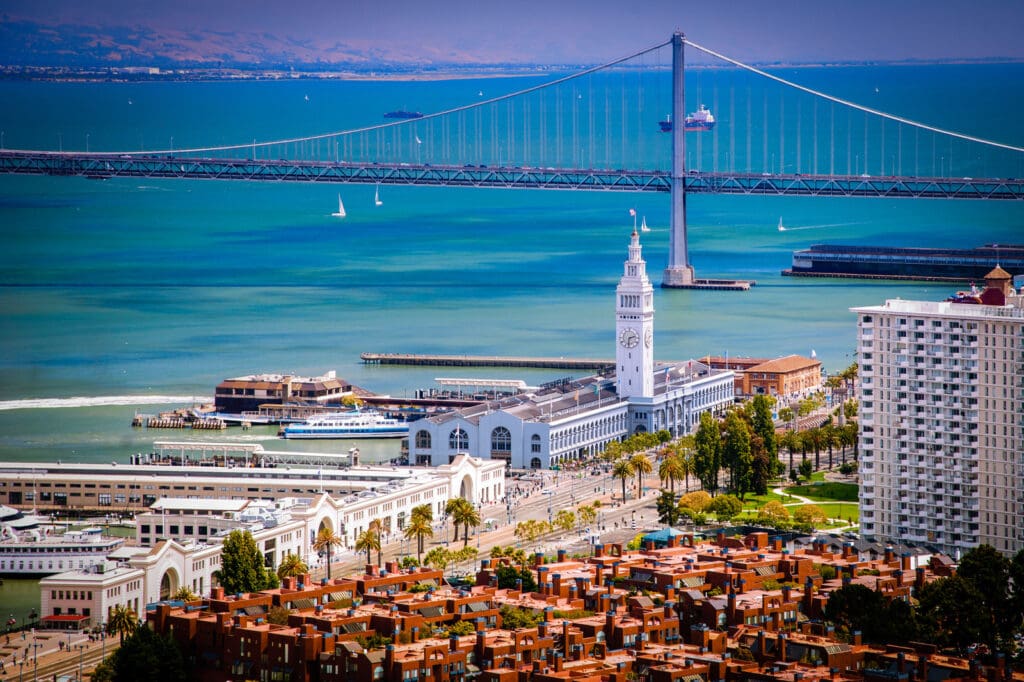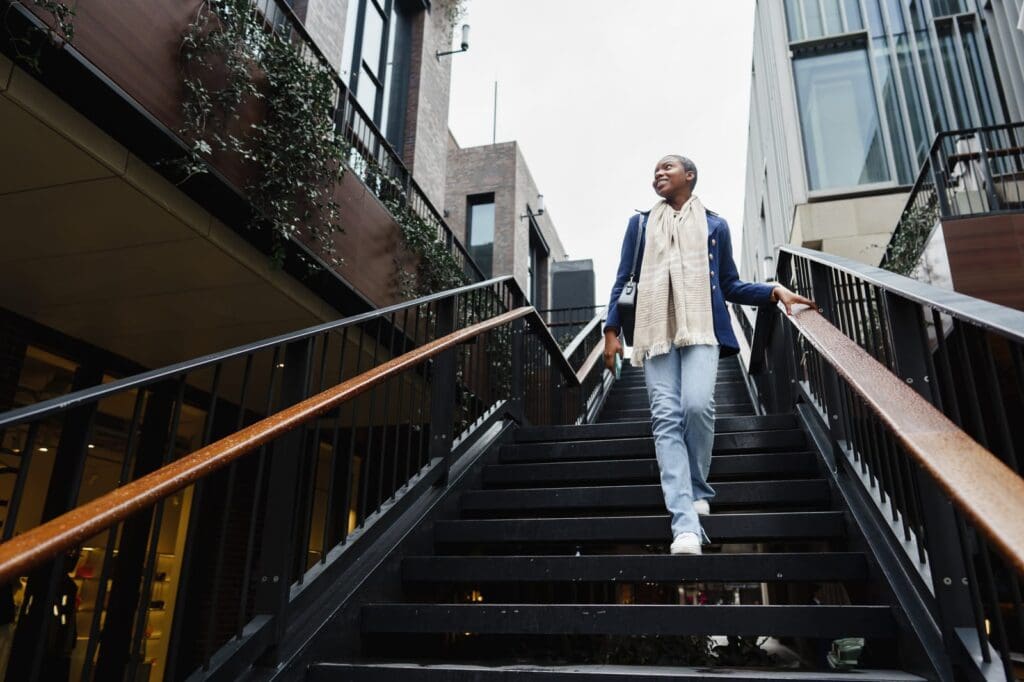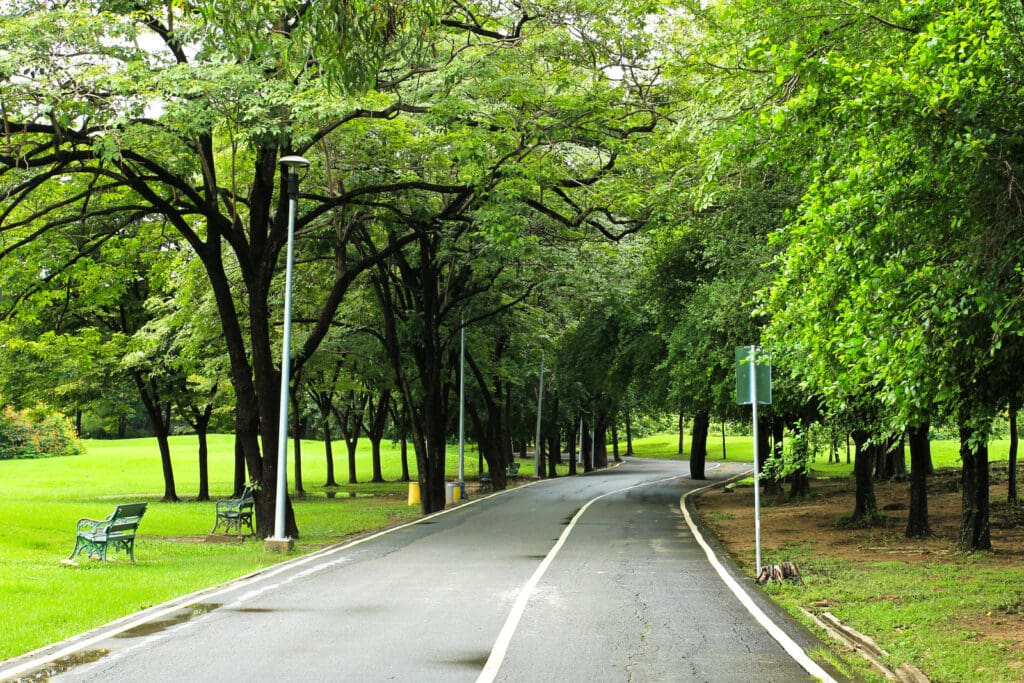When the concept of remote work became popular during the pandemic, it looked as simple as working from home instead of the office. You just meet on a conferencing app, instead of a meeting room. You do your work over a few calls and emails. Little did we know, it would change so many things for us.

When people started working from home, employers realized that they could run companies without having to accommodate all employees in the office. Many organizations offered remote and hybrid work options to their employees even after the pandemic calmed down. Of course, there were some hiccups along the way.
Some employers just saw an opportunity to cut down on the costs of office space and utilities. They rushed to expand their remote work policy, without considering employees’ living conditions, or even promising reimbursement for their internet and electricity bill!
Still, despite these sour experiences, remote work has gained increasing popularity post COVID. In fact, today hybrid or remote work arrangement is considered as a perk, rather than an option or an imposition. As a result, it is now possible for some people to take a job in a metropolitan city without having to migrate and disrupt their existing lifestyle.
Due to this shift in migration patterns, entire cities could transform in terms of their infrastructure, real estate trends, demographics, and overall lifestyle. In this article, we will explore the different possibilities of post COVID shifts in the urban landscape, and look at certain signs of this shift already happening. Let’s begin!
Remote work trends in the USA
The shift in preference toward remote work has had a greater impact on USA than most countries. Gartner (2023) predicted that by the end of the year, 9% of the global pool of knowledge workers will be remote. But in USA alone, 51% will be working hybrid, and 20% fully remote. Another report by Gartner shows that USA and UK have the highest percentage of remote workers, while Italy and Japan have the least.

The trend of working from home is not a sudden new development. In fact, Silver (2023) has shown how the percentage of people doing paid work from home has steadily increased since 1960, leading up to a sharper rise after 2020 because of the pandemic. Clearly, remote work has been gaining momentum for a long time now.
Financial decline in urban areas
A 2021 report by Institute on Taxation and Economic Policy emphasized on how certain key cities in the USA are largely responsible for the economy of the entire country, and shifts in the economy of these cities could have a larger impact on the national US economy. In fact, they predicted that the pandemic poses a risk to the long-term fiscal health of these cities, due to changes in jobs, property values, commercial real estate prices, etc.

They found that cities that had rapidly prospered during the early 2000s were the hardest hit during the pandemic, in terms of economy, society and finances. In fact, an article by Cogito described them as the ‘victims of their own successes’.
The case study of San Francisco
San Francisco has always been at the forefront of advanced tech businesses supporting the knowledge economy. During the pandemic, vacancy rates in San Francisco reached record highs. An article by McKinsey explained how the migration of people away from the core areas of SF brought down the population and foot traffic on its streets.

McKinsey attributed this change to the unique business mix of San Francisco, which is highly focused on technology. In their survey, they found that workers in SF had the highest preference for remote work of all cities. Given the high rent and costly living standards in the city, it’s not surprising that many people decided to opt out of the commute post pandemic.
Changing priorities in urban planning
Appreciating the outdoors
While some people were secure in the comfort of their home, many of them felt cooped up indoors. Now that we are free to be outdoors again, people appreciate the simple things like walking on a sidewalk, exercising outdoors, buying groceries together, etc.

Robert Boyle, a professor or urban planning at Wayne State University, spoke in an interview about how access to public spaces through sidewalks, outdoor seating, parking spaces, etc. have become a more valued part of urban planning.
Disease prevention in city planning
A 2020 article by The Guardian published the views of architecture experts on how cities can be better designed to prevent a pandemic from re-emerging, and combatting it effectively if it does. They made several recommendations, like social distancing in dining areas, cycle routes, resting areas with foliage, etc.

They suggested that streets can be transformed into ‘miniature greenbelts’ so that everyone has space to gather, have fun, for children to play, for people to sit on benches, etc. The intention is to improve public health, build physical immunity and lessen the burden on the healthcare system in times of crises like the pandemic.
Virtual communication more acceptable
Even before the pandemic, virtual meetings were not a new phenomenon. People used to connect with overseas partners and stakeholders using video-conferencing apps, especially in multinational firms. But after the pandemic, it became the norm rather than a special adjustment for certain people.

Some experts say that the pandemic has solved a “coordination problem”. It has led to worldwide acceptance of virtual communication through online meetings, emails and calls. In-person meetings are no longer the norm, and it works in favor of overseas employees. No one feels left out or left behind because of physical distances.
As we can see, the pandemic has changed cities in different ways, depending on their cost of living, type of industries prevalent, migration patterns, etc. Cities that are thriving on technology-based businesses are the most affected, while those with a more diverse mix of occupations are likely to stabilize. At the same time, there are some positive effects of this shift, in terms of how we view cities, outdoor life and travel, and what changes we make to our infrastructure.


GIPHY App Key not set. Please check settings